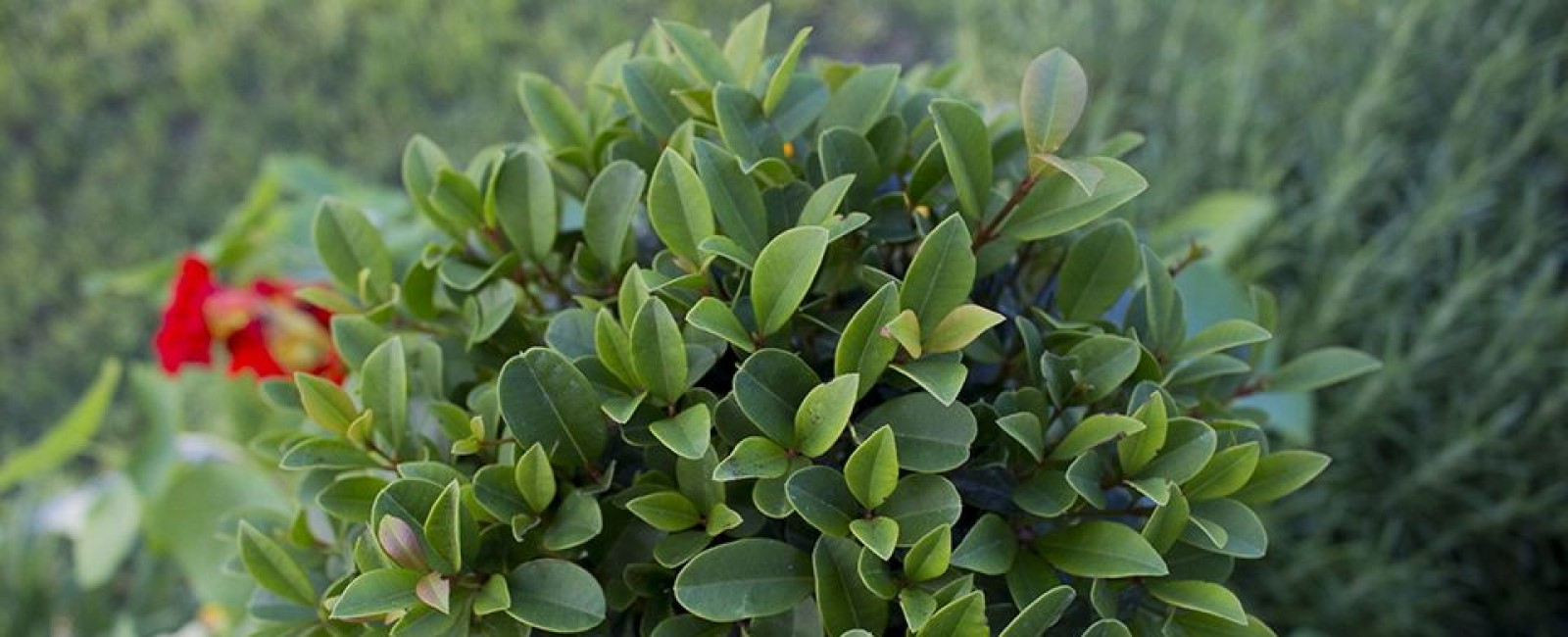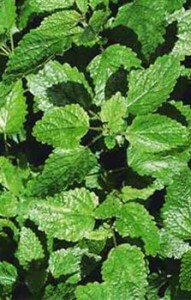Planting and Care:Easy to grow although seeds are slow to germinate. Start from cuttings, root division or plant from containers. Plant as soon as the ground can be worked in spring. Accepts partial shade to full sun exposure. Prefers moist fertile soil with good drainage. Once established, plants endure in the garden unless a determined effort is made to eliminate them. They reseed easily in the garden and spread wide, so provide plenty of space. In small gardens, try growing in containers to control plants. The leaves die down to the ground with the first frost. In cold winter regions, place a thick layer of mulch over the crown to protect the plants; each spring it will regrow from its roots. Harvesting and Use:One of the sweetest scented of all herbs, which makes it a delightful ingredient for sachets and potpourris. Fresh cut stems retain their fragrance well and lend a casual flair to floral arrangements. In the kitchen, lemon balm adds a light lemony flavor to soups, stews, fish and lamb. Use freshly chopped but sparingly with fruit or salads. It’s a wonderful replacement for salt and an inexpensive lemon zest substitute. It is also wonderful in baked goods and keeps it flavor well because it is captured by its surrounding medium. Always add lemon balm near the end of cooking because its volatile oils are dissipated by heat. Use as a fresh garnish in hot tea, iced tea and lemonade, A leaf or two improves a glass of white wine. Along with hyssop, it is an important ingredient in the liqueur chartreuse. Lemon balm is recognized as an aid to digestion and circulation. It is reported to help relieve feverish colds, headaches and tension. Its oil is believed to be beneficial in dressing wounds, especially insect bites. Recipe: Triple Lemon- Aid
Rinse and pat dry the herbs. Place herbs in a large glass pitcher and cover with the juices. Gently stir and bruise the leaves with a large wooden spoon. Add water and lemon slices. Chill overnight, stirring occasionally, pressing down on the herbs with the wooden spoon. Pour into tall iced glasses. Garnish with a sprig of Lemon Balm and edible flower. |
Herbal Body, Bath & Beauty – Culinary – Gifts & Art


